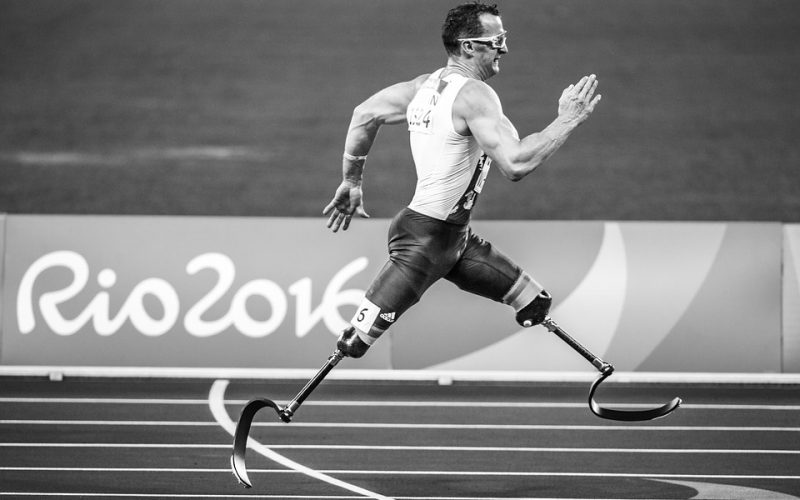Understanding Invisible Disabilities
Invisible disabilities, also known as hidden disabilities, refer to physical, mental, or neurological conditions that are not immediately apparent to others. Unlike physical disabilities that are visible, such as using a wheelchair or a cane, invisible disabilities are often not perceivable. This includes a wide spectrum of conditions such as chronic pain, mental health disorders, diabetes, digestive disorders, brain injuries, neurological disorders, learning differences, hearing issues and more. Individuals with these conditions may face numerous challenges because their symptoms are often not recognised or understood by those around them.
The challenge of living with an invisible disability
Living with an invisible disability can be particularly challenging due to the lack of awareness and the common misconceptions surrounding them. Many people assume that if a disability is not visible, it is not serious or does not even exist. This leads to a range of issues for those affected, from difficulties accessing support services, to stigma in the workplace, to strains on personal relationships. People with invisible disabilities often feel misunderstood and dismissed, which can contribute to feelings of isolation and frustration.
Impact on mental health and social interactions
The psychological impact of having an invisible disability is profound. The constant need to explain their condition and the fear of being disbelieved can take a heavy toll on an individual's mental health. Anxiety, depression, and low self-esteem are not uncommon. Social interactions too can be fraught with pressures, as those with invisible disabilities might avoid certain situations for fear of judgement or misunderstanding, further increasing their sense of solitude.
The importance of awareness and sensitivity
Enhancing public awareness and sensitivity towards invisible disabilities is imperative. Elevating the conversation around these conditions helps remove the stigma and encourages a culture of empathy and support. Education is key, helping people understand that not all disabilities are visible and recognising that assumptions based on appearances can be harmful. Awareness efforts can lead to improved policies in workplaces, educational institutions, and in the provision of public services to better accommodate individuals with invisible disabilities.
Strategies for supporting those affected
Supporting someone with an invisible disability starts with listening and seeking to understand their experiences. It is important not to diminish their condition or question the validity of their experiences. Employers can implement inclusive policies and provide reasonable accommodations. Friends and family members might offer emotional support or assistance with tasks when needed. Additionally, healthcare professionals and advocacy groups can play a vital role in providing resources, information, and platforms to amplify the voices and needs of those affected by invisible disabilities.
Advocating for change and acceptance
Change is fostered through advocacy and the collective effort of individuals and communities to push for recognition and rights. People with invisible disabilities, along with their allies, are at the forefront of this movement, which calls for legislative changes, inclusive policies, and the normalisation of accommodations. Acceptance begins with broader societal understanding that a disability should not define a person, and that each individual—regardless of any condition—deserves respect, opportunities, and the ability to thrive within society.


























